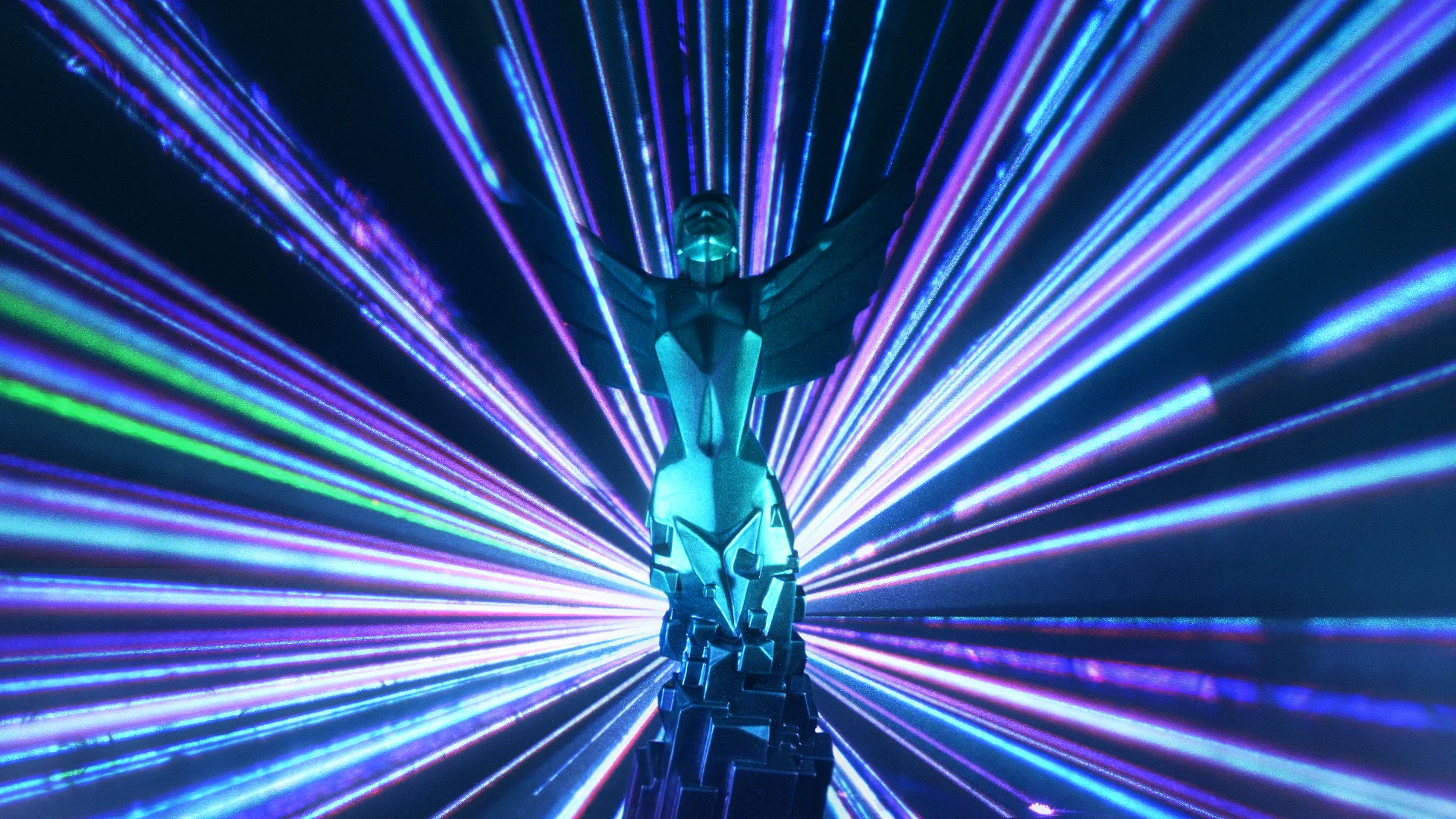THE GAME AWARDS 2017
Role: Design Direction, Music & Practical Effects
Client: The Game Awards
Created: 2017
We interpreted this years theme (Just Keep Playing) as a reference to the evolution of gaming, which is always growing when exposed to new technologies. The CD represents nostalgia and the old games we often play on repeat until the hardware physically breaks. The disc then shatters and evolves into the game awards statue, representing a new form of gaming communities. Our visual treatment revolves around the materials and reading process of CDs. The main elements of CD fabrication include a few layers of etched acrylic with aluminum. The process of reading a disc etching is done by a laser beam. These materials and tools are used throughout the piece for practical effects, which have been combined with computer generated sequences. It was an honor to work on this project with my close friends Conor Grebel and Chase Hochstatter.
We wanted to show a progression of the disc being read, melted and finallly destroyed by a laser system. After scouring youtube, we learned that by microwaving CDs you can create intricate surface patterns, while burning them creates unique bubble textures. We also smashed several discs with a hammer to study their fracture patterns. In order to represent the reading process of a disc, we shot several different laser patters at the surface of both CDs and laser discs. A haze machine was used to bring the beams to life and create several different tunnel formations.
Compact Disc Experiments
For the introduction scene, we wanted to show the CD going into an abstracted game system where it would be read by a laser. We found a Sony DVD player and disassembled it, revealing the interior circuitry. We then used strip of Blinky Tape by Blinkinlabs to illuminate the interior and create highlights on the CD’s surface.
Game System
In order to represent the evolution of the human mind with gaming, we laser etched several MRI scans on to acrylic sheets. By stacking the etched layers, we were able to run a laser pattern through them, illuminating each in sequential order. The result is essentially a 3D MRI scan in real life. The laser cuts were done at Techshop's San Francisco location. We also experimented with laser patterns going through various acrylic shapes, eventually settling on a square form since the game awards statue shows a female figure evolving from several cubes. As we ran patterns through the cube, we also rotated it on a turntable with haze in the air.
Acrylic Mind
The final scene of our piece shows the statue illuminated in laser light. We set up the statue and camera within the path of our laser projector and then ran several different patterns through the laser. We were then able to sequence through the different light passes in our edit, creating a controlled sequence with a variety of reflections and volumetric forms.
Statue Illumination
We set out to use acrylic as our main material for the logo since it ties into the materials used in a CD. It took several iterations of lighting styles and acrylic layering to find the right mix. Our final logo design was created using two layers of frosted acrylic, one of which had the logo laser cut into the surface. We then shot laser patterns through the gap between the two layers, creating an unexpected flare effect.
Logo Iterations
We printed out the first and last frames of several scenes, which were then dragged across an HP Envy photo scanner. The smeared results allowed us to frame-by-frame warp our scenes together. The printer also didn’t handle the cheap copy paper very well, resulting in all sorts of errors before scanning the images in.
Analog Glitch Effects
The original concept revolved around exploring the disc’s surface as it gets vaporized by the laser. We shot several style frames of the disc’s surface with a Yasuhara Nanoha Macro Lens. Unfortunately the scenes didn’t make it into the edit since our camera motion at microscopic scale was difficult to capture without intense shaking.
Microscopic Disc Tests
Design Direction & Practical Effects: Peter Clark
3D Design & Animation: Conor Grebel & Chase Hochstatter
Music Composition: Enternull
Audio Mastering: Brian Hazard / Resonance Mastering


